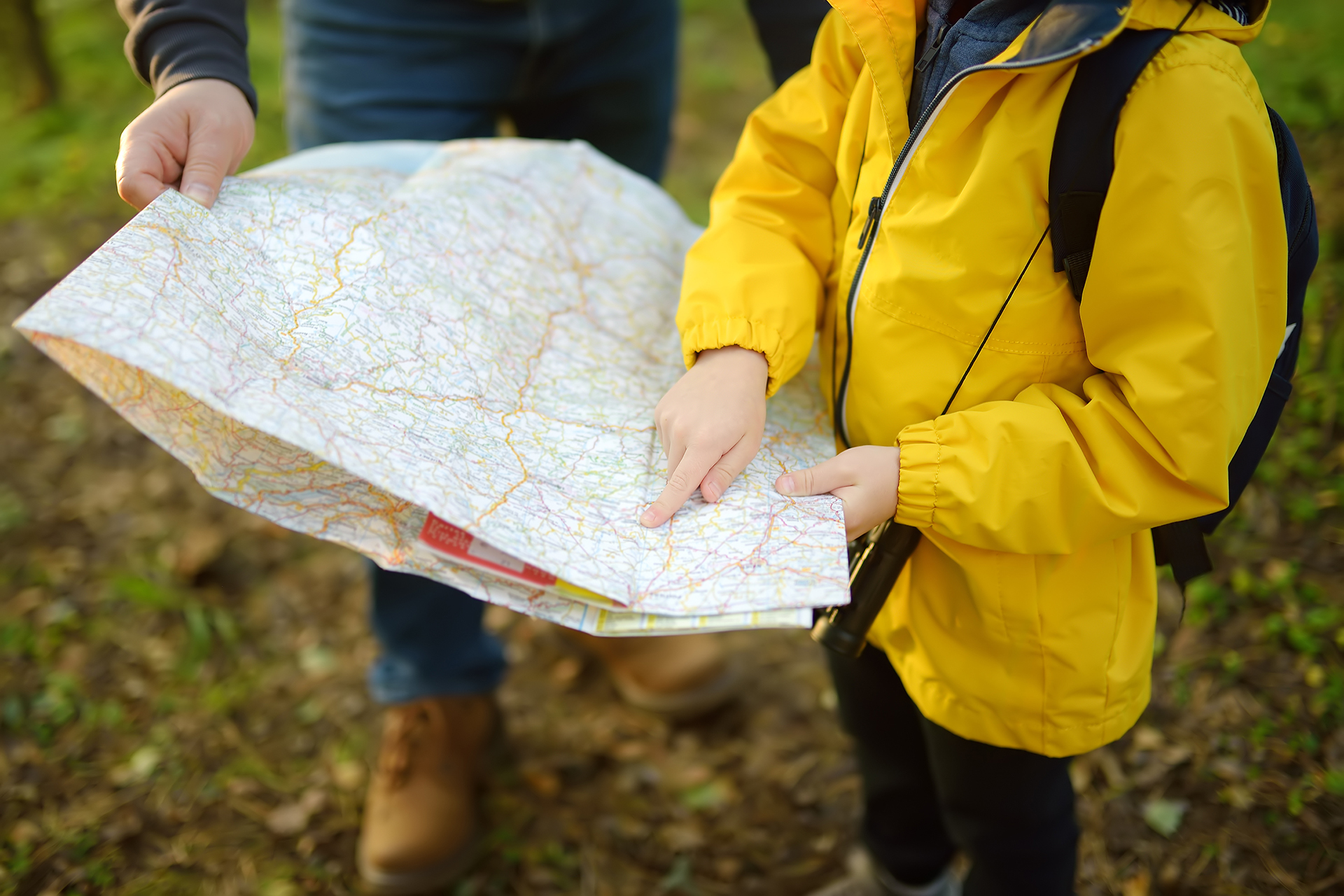Geography: Key stage 1
Full curriculum coverage for Key stage 1 Geography, developing pupils’ skills and knowledge across four key areas: Locational knowledge; Place knowledge; Human and physical geography; and Geographical skills and fieldwork.
The Curriculum and Assessment Review final report has been released. We’re reviewing the recommendations and planning for future updates. Learn more
Units
Following the units in the suggested order supports a coherent progression of skills and knowledge across the Key stage 1 Geography scheme of work.Year 1
Year 2
Popular content

GeographyHosted on 04 Oct 2023
An Introduction To Geography
Whether you're a subject leader or class teacher seeking guidance about teaching Geography or simply interested in learning about our curriculum - this webinar is for you!






